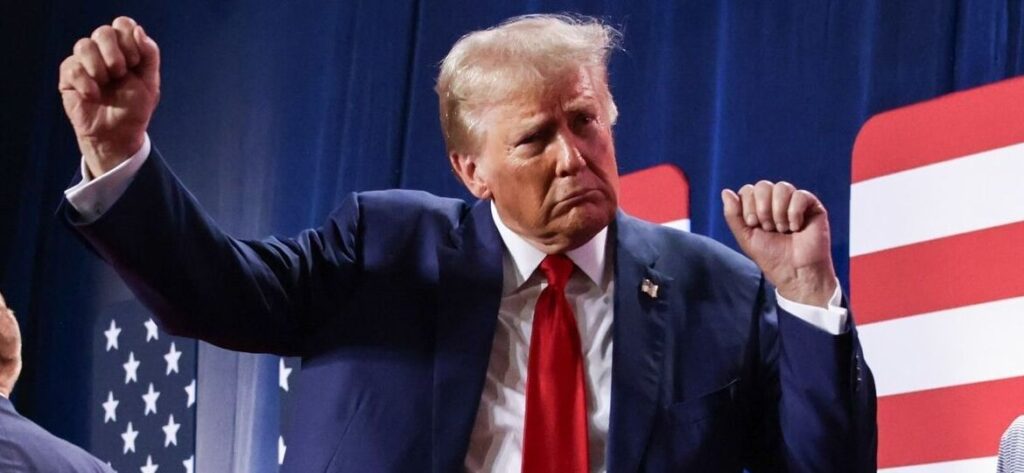March_Special Topics|Changes in the U.S. Pharmaceutical Industry under the Trump Administration
The U.S. government's spending cuts are shaking up the broader U.S. healthcare ecosystem, seemingly announcing that the era of abundant U.S. healthcare funding is over. Whether or not the U.S. will embark on an environment of healthcare austerity is yet to be seen, but optimization, streamlining, and efficiency will be the keynote of the current changes in U.S. healthcare. Since Trump's inauguration, the Department of Governmental Efficiency (DOGE) has intervened with CMS, the service center in charge of Medicare and Medicaid assets, to examine its internal spending waste or insurance fraud, and may further tighten the relevant health insurance or subsidy standards by lowering the percentage of subsidies and reimbursement rates for each state, or by increasing the number of conditions and restrictions, etc., and the National Health Research Institute (NIH), the CDC, and the National Institute of Health (NIH) have all been working on this issue. The budget cuts and layoffs in the US public health pillars such as the National Institutes of Health (NIH), the Centers for Disease Control and Prevention (CDC), and the US Food and Drug Administration (FDA) have drastically reduced the research funding and indirectly frozen the budgets for pharmaceutical R&D in hospitals, e.g., the reduction of the NIH research grants has indirectly lowered the rate of the hospital's research funding from 27% to 15%, which has caused a number of leading healthcare systems, such as the well-established Massachusetts General Hospital (Massachusetts) to cut their research funding to 15%. Massachusetts General has accelerated the implementation of manpower streamlining plans under the pressure of financial and operational costs, and the recent new order promulgating the policy of increasing the transparency of healthcare service prices in the first term of the Trump administration, which attempts to make public the prices of healthcare services that are only negotiated privately among doctors, hospitals, pharmaceutical companies and insurance companies, which can help patients to compare prices and save a lot of healthcare expenses. In addition to helping patients shop around and save a lot of money on medical expenses, publicizing prices is also expected to prompt hospitals to adjust medical costs and pricing through market competition, saving patients, employers, and insurers billions of dollars. A series of changes show that Trump's New Deal on Medicine is moving toward restructuring the U.S. health care ecosystem and lowering the burden of health care.










